Tag: diagnostics
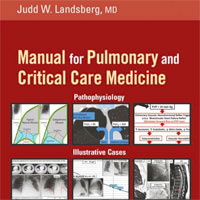
Clinical Practice Manual for Pulmonary and Critical Care Medicine
Clinical Practice Manual for Pulmonary and Critical Care Medicine, by Judd W. Landsberg, MD, is a unique point-of-care manual that provides essential information on managing inpatients and outpatients with common, serious... read more
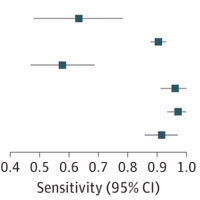
Diagnostic Accuracy of Point-of-Care Lung Ultrasonography and Chest Radiography in Adults With Symptoms Suggestive of ADHF
Standard tools used to diagnose pulmonary edema in acute decompensated heart failure (ADHF), including chest radiography (CXR), lack adequate sensitivity, which may delay appropriate diagnosis and treatment. Point-of-care... read more

A 10-Year Longitudinal Analysis of Protocol-Based Sepsis Management
This 10-year single-center retrospective cohort showed that the use of PB management of severe sepsis and septic shock was associated with a decreased hospital mortality for patients. This mortality benefit was preserved... read more

ED Management of Smoke Inhalation Injury in Adults
When treating patients who have suffered injury in a fire, managing their airway is as critical as treating their burns. Following on the February 2018 issue on Thermal Burns, this issue reviews strategies for diagnosing... read more

Echocardiographic Assessment of Pulmonary Artery Occlusion Pressure in Ventilated Patients
TEE accurately predicts invasive PAOP ≤ 18 mmHg in ventilated patients. This further increases its diagnostic value in patients with suspected acute lung injury/acute respiratory distress syndrome. During two consecutive... read more
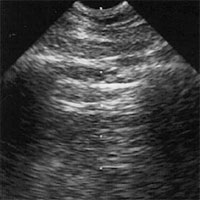
Clinical Assessment of Critically Ill Patients by Whole-body Ultrasonography
Critical care ultrasonography (CCUS) is increasingly advocated and used, and is defined as point-of-care image acquisition, interpretation and clinical application, all performed by the critical care clinician, and directed... read more

Every Patient Tells a Story: Medical Mysteries and the Art of Diagnosis
A riveting exploration of the most difficult and important part of what doctors do, by Yale School of Medicine physician Dr. Lisa Sanders, author of the monthly New York Times Magazine column "Diagnosis," the inspiration... read more

Causes and Consequences of Optimistic Expectations About Prognosis by Surrogate Decision-Makers in ICUs
This multicenter study shows that optimistic expectations about prognosis are prevalent among surrogates of patients with advanced critical illness, arise both from misunderstandings by surrogates and from surrogates holding... read more
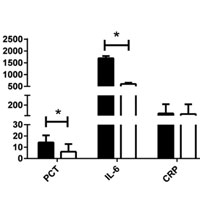
Comparison of Diagnostic Accuracy Among Procalcitonin, C-reactive protein, and Interleukin 6 for Blood Culture Positivity in General ICU Patients
Despite various technological advances, it still usually takes at least 24 to 48 h to obtain a blood culture result. The subsequent delays in diagnosis and treatment of infection can negatively impact care in the intensive... read more

Identification of Subclasses of Sepsis that Showed Different Clinical Outcomes and Responses to Amount of Fluid Resuscitation
Sepsis is a heterogeneous disease and identification of its subclasses may facilitate and optimize clinical management. This study aimed to identify subclasses of sepsis and its responses to different amounts of fluid resuscitation.... read more

Department-Based ICU Improves Patient Survival Rates
A new Michigan Medicine study found that implementing a dedicated emergency medicine department-based intensive care unit improved patient survival rates and lowered inpatient intensive care unit (ICU) admissions. In the... read more
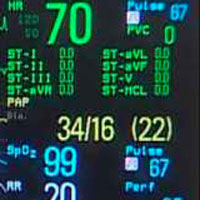
Measuring Cardiac Output at the Bedside
The purpose of this review is to review the importance of cardiac output (CO) or stroke volume (SV) measurement and to discuss the various methods (devices) used in determination of CO. Bedside cardiac output measurement... read more

Predictive Utility of DNI in Patients with MOF After Severe Traumatic Injury
Post-injury multiple organ failure (MOF) is the result of a systemic uncontrolled inflammatory response and it is the one of leading cause of late post-injury mortality. Delta neutrophil index (DNI) may serve useful marker... read more





